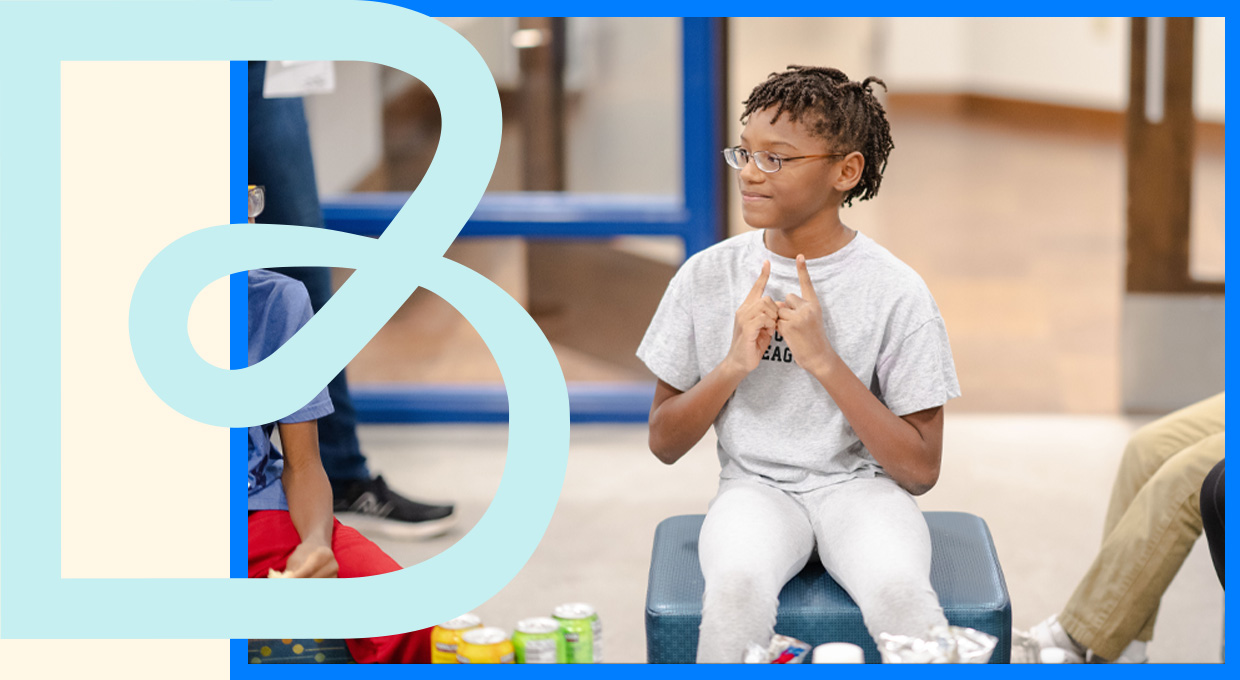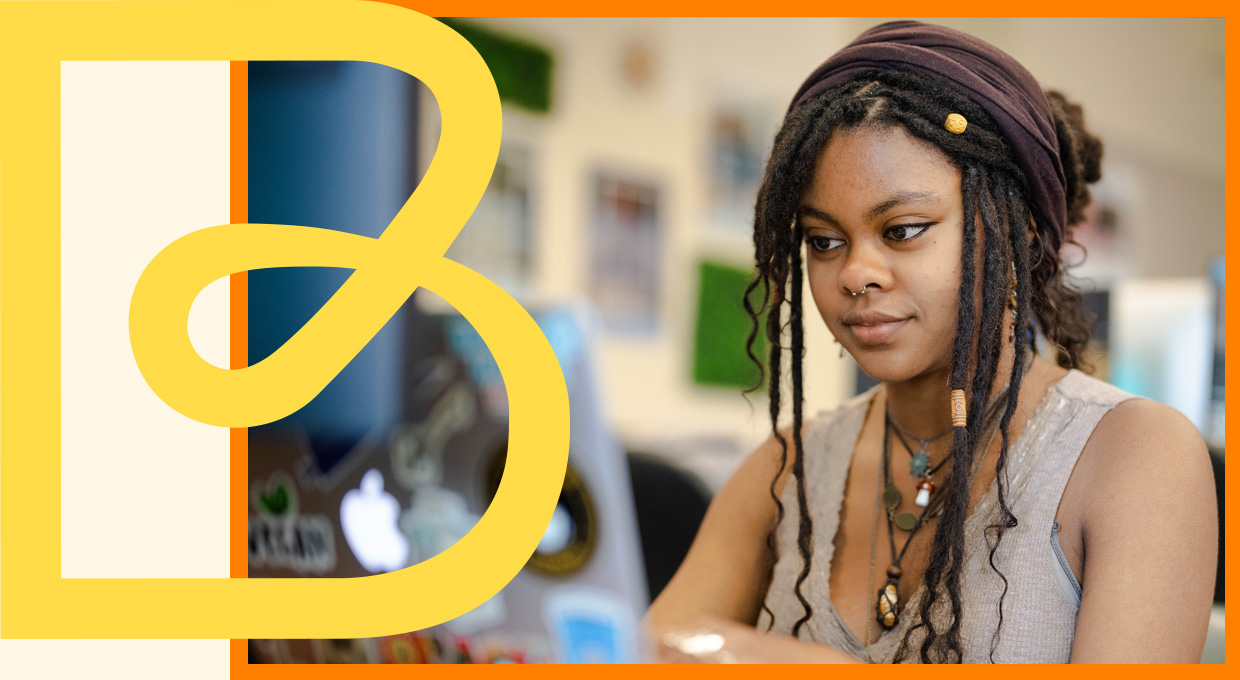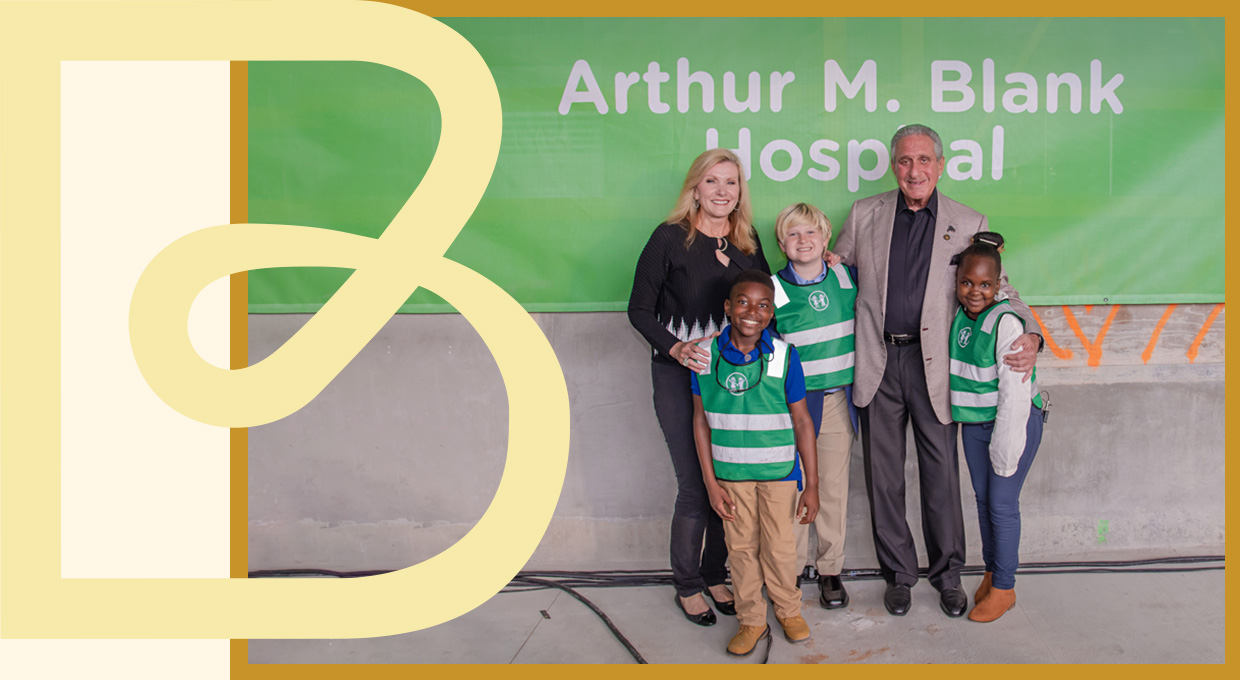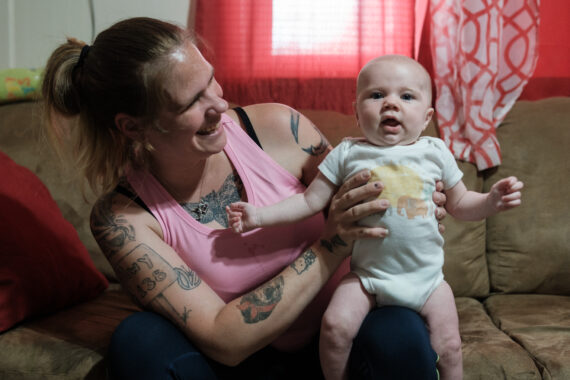Improving Mental Health for America’s Rural Youth

The Rural Behavioral Health Institute (RBHI) is an organization dedicated to reducing youth suicide in rural America. RBHI partners with primary and secondary schools to identify students who may need support and connect them and their families with quality care and services. RBHI began its work with a pilot program in 2021 that screened and identified at-risk school students in Park County, Montana.
RBHI’s mission is to improve mental health outcomes and reduce suicide among rural youth through its Screening Linked to Care (SLTC) program. This school-based, virtual initiative provides universal screening for depression and anxiety (grades 3–12) and suicidality (grades 6–12), followed by tailored services to ensure students with significant symptoms receive the support they need.
A recent Q&A with Janet Lindow, CEO and Co-Founder of RBHI, and Kayleigh Brown, COO of RBHI, provided valuable insight into the organization and what is being done to improve the well-being of rural youth in America.
Q: How did you both get started with RBHI?
Janet Lindow:
I co-founded RBHI nearly five years ago, inspired by research I was conducting with schools across Montana on suicide prevention. It became clear that rural communities needed scalable, immediately implementable solutions. We had effective tools, but access and sustainability were major barriers.
This work is also deeply personal for me. I experienced suicidal thoughts starting at age 11 and didn’t tell anyone until my mid-30s. I’ve lost close friends and an ex-partner to suicide. So, this isn’t just professional—it’s personal.
Kayleigh Brown:
I joined RBHI three years ago after seeing too many kids in psychiatric hospitals who didn’t need to be there. With early intervention, they could have stayed in their communities and received support from people who care about them. Growing up in Montana, where suicide rates are high, I lost friends to suicide every year in high school. It felt like no one knew how to respond. That’s what drives me.
My role focuses on recruiting schools, helping them implement SLTC and expanding the program to new regions. We’ve built a network of clinicians and human service providers across Montana, and we’re now replicating that model in other states.
Q: What are some of the geographic or external factors in rural areas that contribute to higher suicide rates?
Kayleigh:
Access to care is a major issue, but stigma is just as significant. Many rural communities haven’t had much exposure to mental health education, which creates barriers to seeking help. But once we start the conversation, people open up. Communities begin to shift their perspectives.
Janet:
In Montana, high suicide fatality rates are driven by poor access to care, high stigma and easy access to lethal means. But our work in Montana, Georgia, Illinois and Oregon shows that rates of suicidality, depression and anxiety are similar across rural America. This tells us that many rural young people nationwide need more mental health support.
Q: Are you bringing resources directly to schools, or are there community engagement efforts outside of schools?
Kayleigh:
It depends on the community. We integrate with schools because they know their students and communities best. We meet with them, explain what we offer and let them guide us. Some want us to handle everything; others prefer to lead the program themselves. We adapt to each school’s needs.
Janet:
We work with real-time, population-level youth mental health data. We analyze and share it with schools, boards and communities to help them make data-driven decisions. One surprising finding: 6th graders reported the highest recent suicidality, higher than any other grade. That’s a major shift. Historically, we didn’t see suicidality before age 14 or 15. The pandemic likely played a role, disrupting social development during critical years.
What’s encouraging is how schools are responding. They’re adjusting their mental health programs to start earlier. I’ve never seen this level of responsiveness at such a scale in my career.
Q: How does the lack of school counselors and funding cuts affect your work?
Kayleigh:
It’s a challenge, but we’ve designed SLTC so that any caring adult in the school can implement it. In some schools, the superintendent, principal, nurse or even a homeroom teacher leads the program. We provide all the training and support they need.
Janet:
We’ve built technology to make the process simple. Schools get personalized dashboards, and training takes less than 30 minutes. This year alone, we screened about 20,000 students in Montana with just four clinicians and a few contracted providers. That’s the power of technology and community collaboration.
Q: When are parents or guardians notified during your process?
Kayleigh:
We believe strongly in involving families, because healing happens together. When a student screens with elevated suicide risk, the school contacts the guardian to explain the results and ask if they’re comfortable with their child meeting a mental health professional that day. After the safety evaluation, the school shares the provider’s recommendations and offers to connect the family with RBHI for free help finding services. If they opt in, our care navigation team follows up to assess their needs and connect them to support.
Q: Are there any patterns in the reasons why students are flagged during screenings?
Kayleigh:
We flag students for elevated symptoms of depression, anxiety or suicide risk. People often want a clear reason, but sometimes there isn’t one. Mental health conditions can be genetic, just like diabetes or asthma.
Janet:
Social media is often blamed, but it’s not the sole cause. Suicide rates were rising before social media became widespread. That said, social media can increase stress by encouraging constant comparison to unrealistic ideals.
There are many contributing factors. But across the board, we’ve failed to teach kids about mental health in meaningful ways. We need to integrate coping and problem-solving skills into everyday life and screen for mental health issues just like we do for physical health.
Q: What does success look like—not just in numbers, but in the lives of the young people you serve?
Janet:
We’re seeing statistically significant reductions in suicidality, depression and anxiety among students we’ve screened multiple times. Our vision is for every child in rural America to have access to care, whether that’s therapy, youth groups or just a trusted adult. We want them to know where to turn when they’re struggling.
This semester, we expanded to 50 more schools in Montana and piloted programs in Georgia, Illinois and Oregon. Next year, we hope to expand into Colorado and possibly Wyoming. We’re also piloting programs for younger students in grades 3–5 because prevention needs to start earlier.
Kayleigh:
Success is when kids feel better. But it’s also about reducing stigma. One of our biggest barriers is getting schools to participate. Suicide is scary, and people don’t want to talk about it. But talking about it is what reduces stigma.
We need to change how adults think about mental health. Kids are open—they’ll talk about anything. It’s the adults who are uncomfortable. If we can shift adult mindsets, we can remove many barriers. Kids are already leading the way.
In 2022, the Arthur M. Blank Family Foundation granted RBHI $300,000 to support expanding program access in rural Montana, including tribal communities. Through this work, RBHI is helping to improve youth academic performance, social skills, quality of life and overall well-being. This grant was also part of the foundation’s $5 million investment in mental health and well-being in 2023, aligning with the “from crisis to stability” learning journey of our Mental Health and Well-Being giving area.
Stay Connected
Stay up to date with stories of impact, grants in your neighborhood and other interesting foundation news.
By submitting this form, you are consenting to receive marketing emails from: Arthur M. Blank Family Foundation. You can revoke your consent to receive emails at any time by using the SafeUnsubscribe® link, found at the bottom of every email. Emails are serviced by Constant Contact















